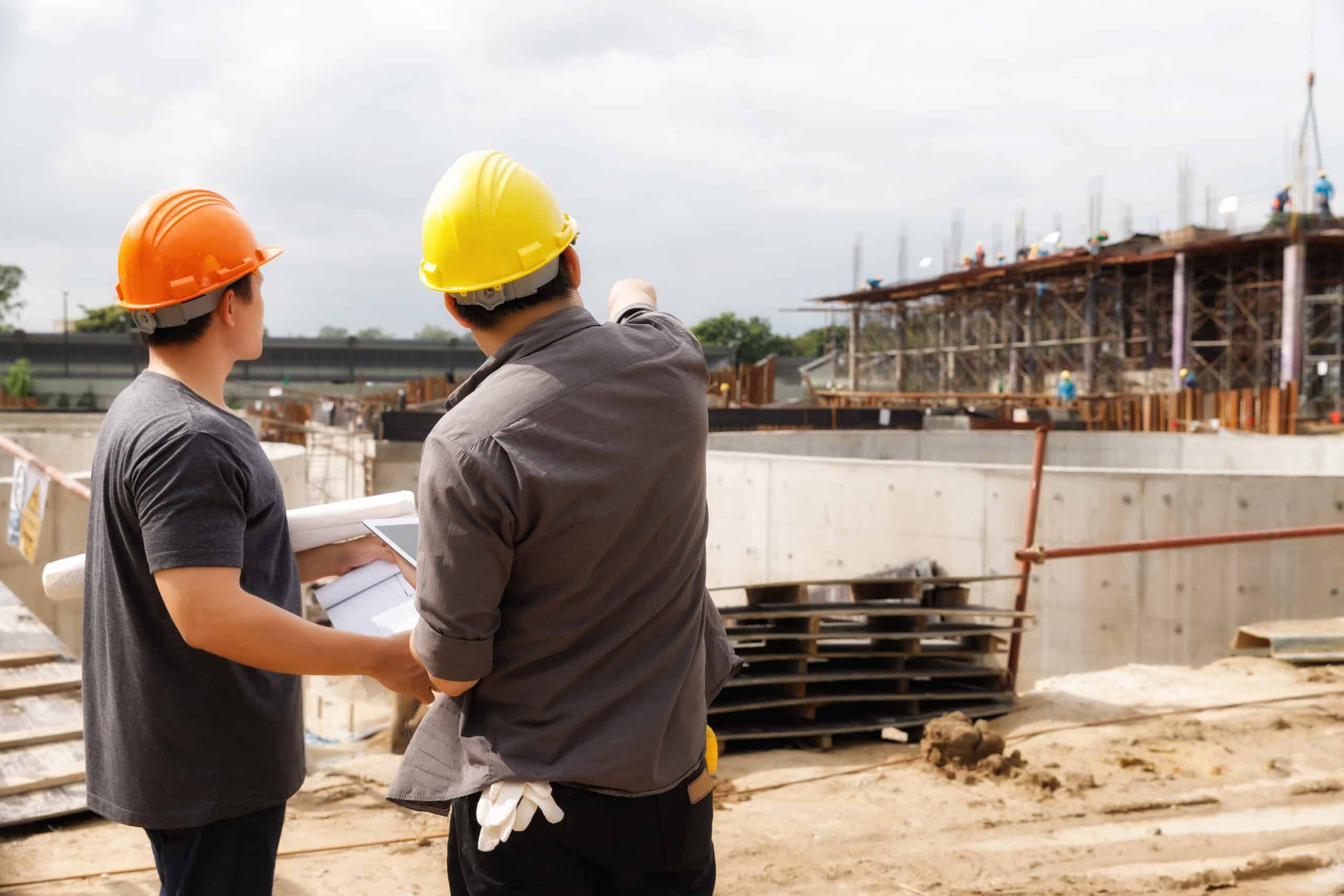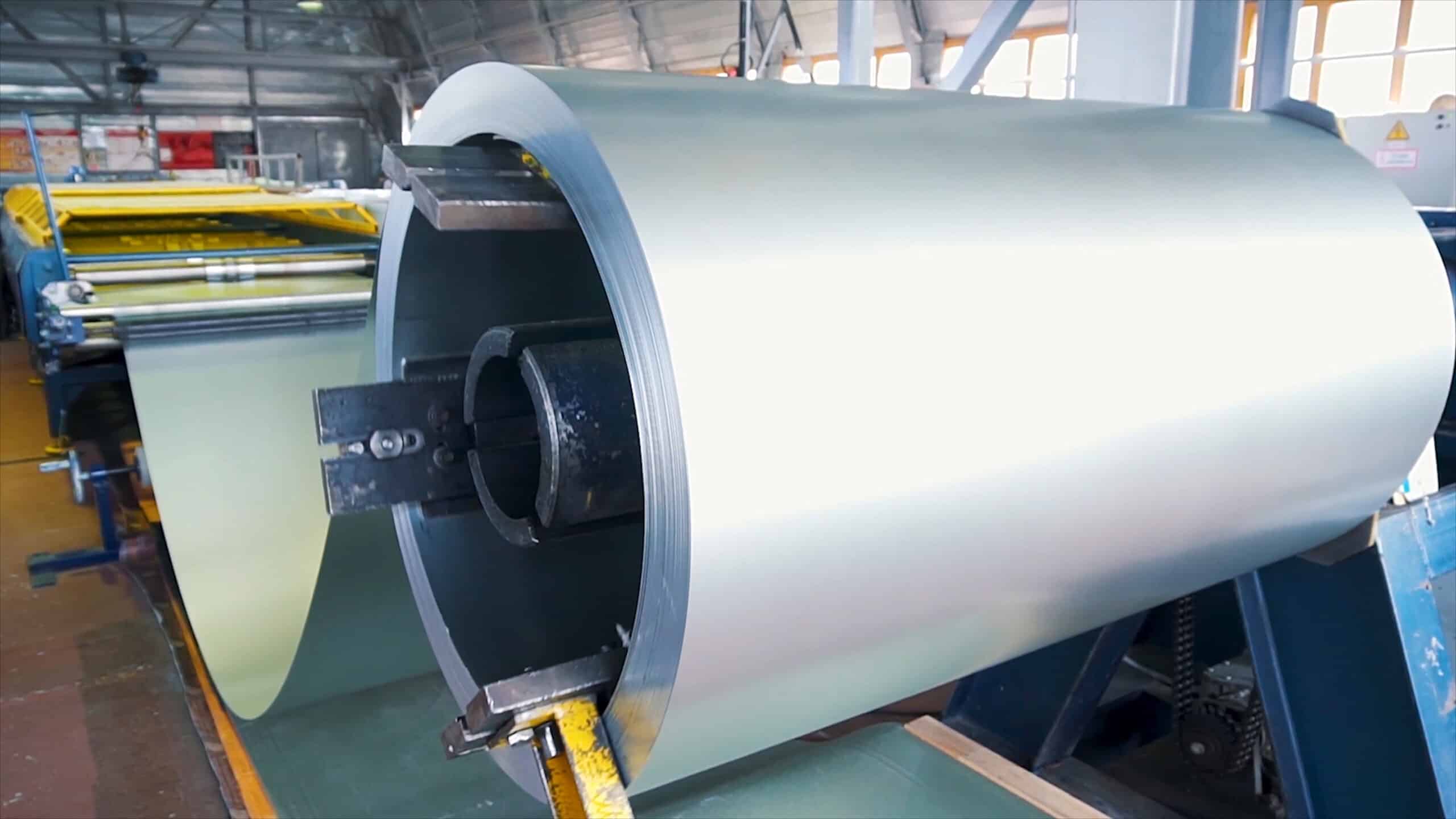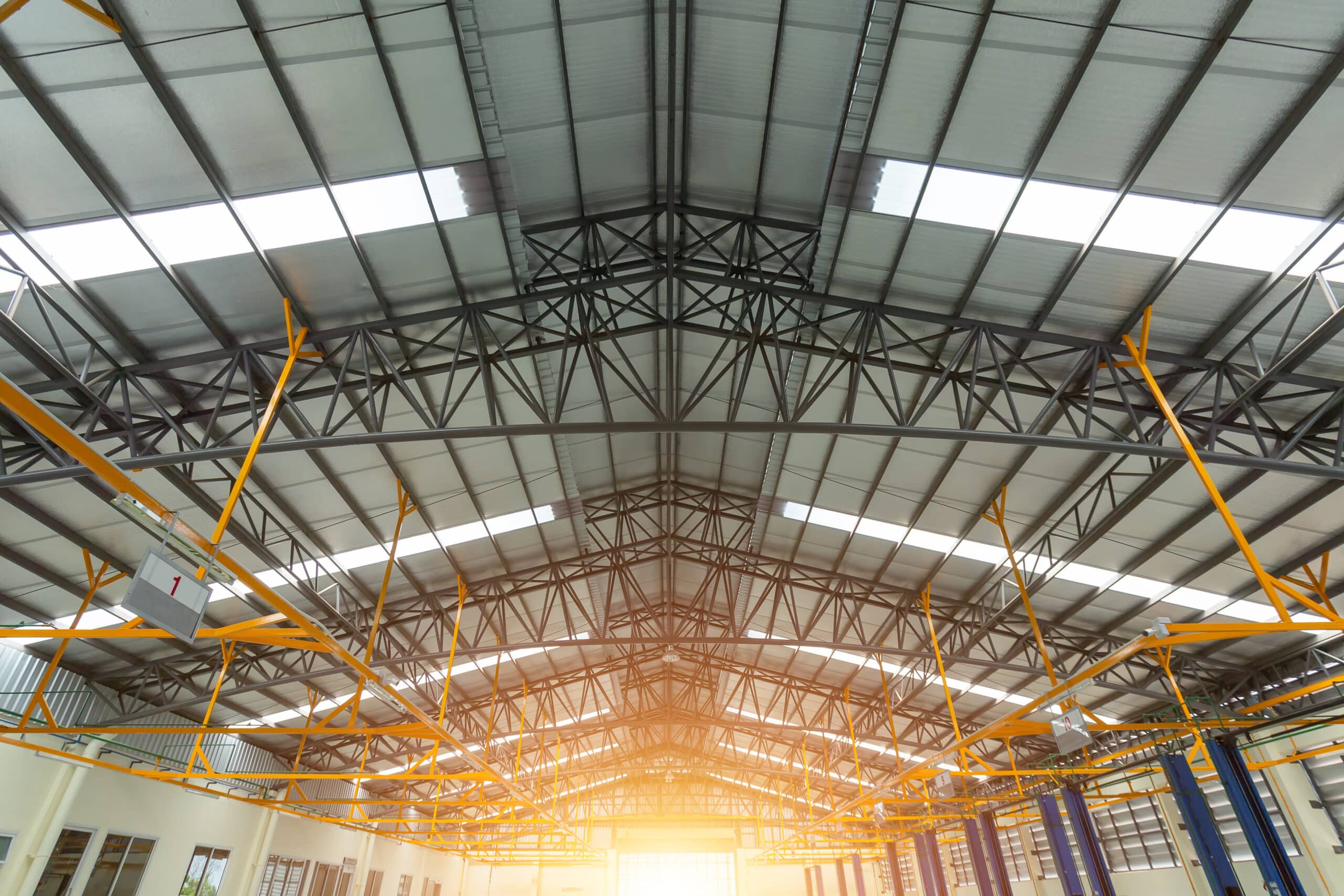Safety First!
The construction industry has a lot of room to improve when it comes to safety. In 2020, there were 174,100 non-fatal injuries in the construction sector, with the top five injuries costing over $7.8 billion in workers’ compensation. Using cold-rolled steel is one of many ways to improve safety at construction sites to get those statistics down.
Cold-Rolled Steel vs. Hot-Rolled Steel
Cold-rolled steel is rolled at room temperature to achieve more exact dimensions and better surface qualities. It can be used for more technically precise applications or where aesthetics are important. Hot-rolled steel is cooled after processing, so there is less control over its final shape. Hot-rolled is less suitable for precision applications and is often used where minutely specific dimensions aren’t crucial.
Now, let’s jump into the specifics of why cold-formed steel has proven to be beneficial for improving job site safety in construction projects.
Lightweight
Lifting heavy items is one of the leading causes of injury in the workplace, according to OSHA. In 2001, the Bureau of Labor Statistics reported that more than 36% of missed workday injuries resulted from shoulder and back injuries due to overexertion and cumulative trauma.
Cold-formed steel is significantly lighter than its traditional counterparts, such as wood or hot-rolled steel. This characteristic makes transporting, handling, and installing on the job site more manageable. Reduced weight means less strain on workers during construction, minimizing the risk of pulled muscles, back strains, wrist injuries, and spine injuries.
Quick Installation
Cold-formed steel components are designed for efficient and quick installation. They fit together seamlessly with pre-engineered connections and standardized sizing, streamlining the construction process. Faster installation means less time on the job site, reducing worker exposure to potential hazards and risks associated with construction activities.
Noncombustible
Unlike wood, cold-formed steel is noncombustible, significantly decreasing the risk of fire-related accidents on the job site. Fire safety is crucial in construction projects, and using noncombustible materials like cold-formed steel adds an extra layer of protection for workers and the project as a whole.
Predictable Performance
Cold-formed steel is manufactured to precise specifications, ensuring consistent performance and structural integrity. This predictability reduces the likelihood of unexpected failures or collapses, providing a safer environment for workers and occupants.
High Strength-to-Weight Ratio
Cold-formed steel boasts a high strength-to-weight ratio, making it a more robust and durable construction material than wood, brick, or concrete. Its resilience and structural integrity contribute to a safer working environment for construction personnel.
Minimized Waste
Workers in construction occupations experienced 21,500 nonfatal falls, slips, and trips in 2020. Cold-formed steel is typically produced to exact measurements, resulting in minimal waste during construction. Reducing waste creates a safer job site by minimizing potential trip hazards and clutter while improving traffic flow.
Cold-Formed Steel for Easy Job Site Safety
The lightweight, quick installation, low waste, and non-combustible nature of cold-formed steel helps to create a safer construction site. By prioritizing safety, construction teams can enhance productivity, reduce accidents, and improve overall project efficiency.
International Steel Framing is the leading single-vendor solution for everything you need to succeed in the cold-formed steel industry. Get in touch with us today to learn more about our roll-forming machines for sale and our other offerings.




